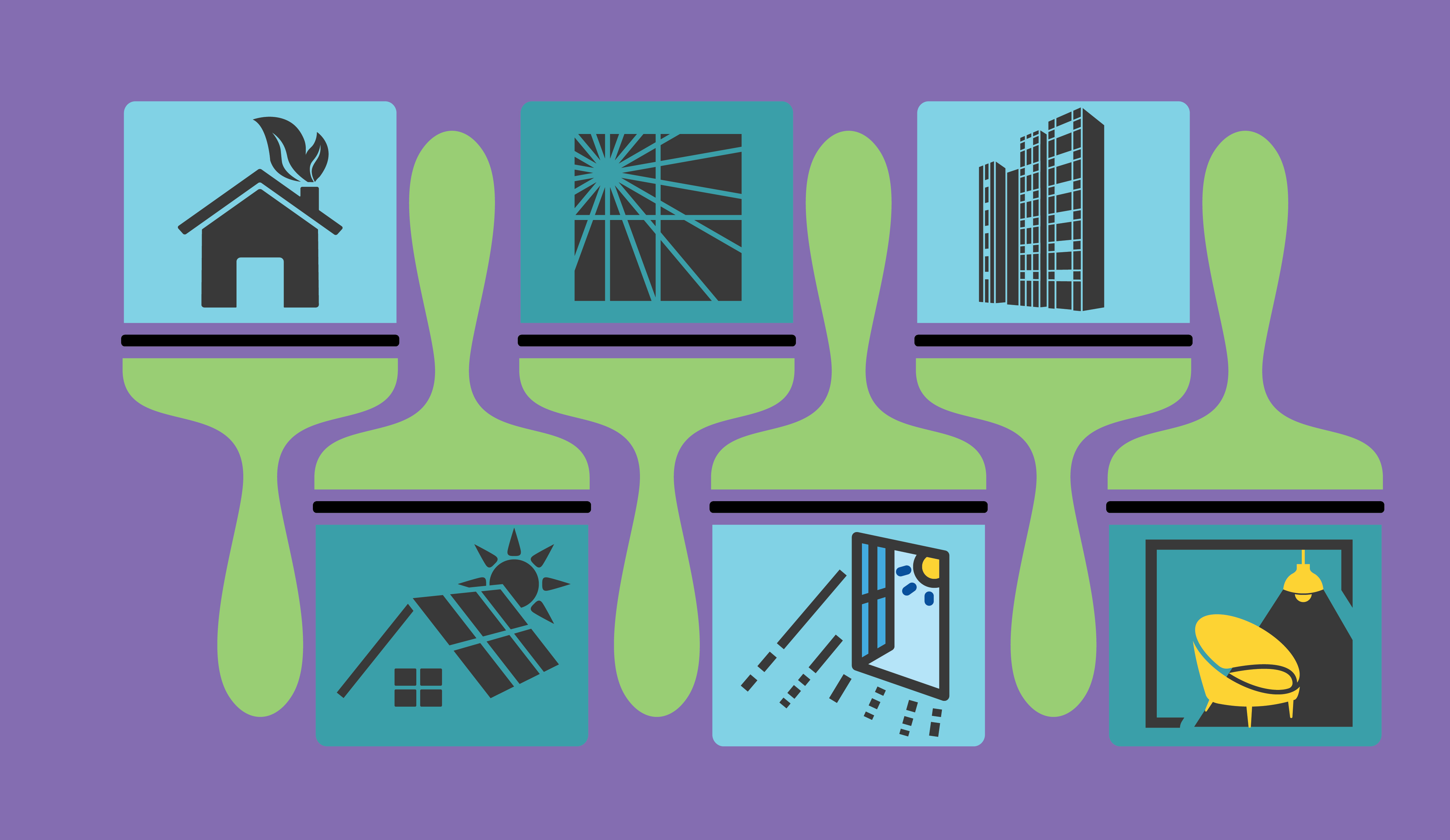Homebuyers today are prioritising eco-conscious, energy-efficient living and seeking residences with lower utility bills and a minimised environmental impact. Developers and architects who integrate sustainability into their designs are setting the standard in this market. This includes using sustainable paint. The six key strategies outlined here can transform your residential developments into beacons of sustainable design while ensuring long-term cost-effectiveness.
1. Passive Solar Design
Passive solar design leverages the sun for natural heating and cooling. South-facing windows capture winter sunlight, while strategically placed overhangs shade them during the hot summer months. This clever window placement, combined with the sun's natural movement, creates a comfortable living environment with minimal reliance on HVAC systems.
2. Tight Thermal Envelope
Prioritise high-quality insulation for walls, ceilings, and floors to create a tight thermal shell. Matching the insulation type and R-value to the climate and materials is crucial. Meticulous air sealing around windows, doors, and openings is equally important. Complement this approach with materials like caulking and high-performance paint, especially formulated for residential paintings.
3. The Art of Reflective Paints
Reflective paints play a crucial, yet often overlooked, role in energy efficiency. For terrace paint, consider applying reflective paint, particularly in hot climates. These light-coloured paints act like a mirror, reflecting a significant portion of the solar radiation that hits the roof. This translates to lower cooling demands for residents and a cooler overall environment.

4. Powering Up Efficiency
Modern, high-efficiency appliances deliver significant energy savings. Integrate them as standard features or offer upgrade packages for residents. Extend this efficiency beyond appliances with smart home technology. Smart thermostats, for example, optimise HVAC operation, ensuring systems run only when necessary and maximising energy savings.
5. Utilize Nature & Light
Strategically place windows and vents for natural airflow. Skylights and well-positioned windows optimise natural light penetration, reducing energy consumption and fostering a bright, invigorating environment. Complement this natural approach with high-performance, low-VOC paints made for residential paintings, to promote healthy indoor air quality.
6. Data-Driven Efficiency
Implement building performance monitoring systems to track energy usage. This invaluable data pinpoints areas for improvement and validates the effectiveness of sustainable paints and strategies. Through continuous learning and adaptation, you can refine your approach, ensuring future projects achieve even greater efficiency and environmental responsibility.
Energy-efficient features are an invaluable investment. Residents enjoy lower energy costs, making your projects magnets for cost-conscious buyers. Sustainable design perfectly aligns with the growing demand for eco-conscious living. Incorporating reflective terrace paints in hot climates may further enhance energy efficiency. By implementing these strategies, you create not only beautiful residences but also financially attractive and environmentally responsible living spaces.